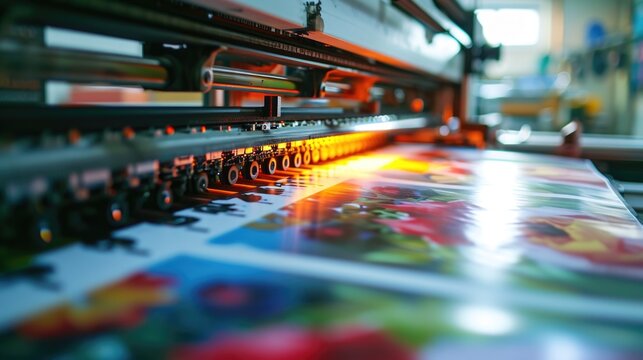Maintaining an organized kitchen can be a challenging task. One area that often requires attention is the kitchen cabinets. Knowing how to label kitchen cabinets effectively can transform your kitchen and make food preparation delightful. It’s about clarity, aesthetics, and efficiency.

Why Labeling Your Cabinets is Important
Labeling your cabinets not only aids in organization but also streamlines meal prep times. Clear labels save you from rummaging through shelves, offering a serene cooking experience. This systematic approach is particularly advantageous for busy professionals.
The Benefits of a Well-Labeled Kitchen
Imagine a kitchen where every item has its designated place, easily accessible with well-thought-out labels. A kitchen where you can locate anything without hesitation is a dream for many. Proper labeling brings tremendous benefits:
- Efficiency: Time-saving during meal preparation.
- Clarity: Easy identification of items.
- Aesthetics: A more visually pleasing kitchen.
- Better Inventory Management: Keeping track of supplies becomes a breeze.
Steps to Label Your Kitchen Cabinets
Step 1: Plan Your Labels
Start by categorizing your kitchen items. Group similar items together, such as spices, utensils, and pantry goods. This categorization forms the basis for designing your labels.
Step 2: Choose Your Labeling System
Select a labeling method that suits your style. Options range from printed labels to handwritten tags. Consider your kitchens theme and determine what complements the existing decor.
Step 3: Design Your Labels
Using software such as Canva or Word can simplify label creation. If designing labels at home interests you, our [how to print business cards at home](https://fullcolorprintingfirm.com/how-to-print-business-cards-at-home/) guide offers similar insights on layout and printing.
For detailed instructions on creating labels, refer to [how to make labels in Word](https://www.customguide.com/word/how-to-make-labels-in-word).
Step 4: Apply the Labels
Ensure your cabinets are clean before application. Carefully place labels on the cabinet doors or the shelves themselves, where they are the most visible.
Did you know using print-on-demand services can offer custom solutions when labeling at home?
Optimizing Your Kitchen Layout
Understanding Kitchen Zones
Dividing the kitchen into zones (prep, cooking, cleaning) helps in placing labels where they will be most useful. Align labels with these zones for maximum efficiency.
Visual Hierarchy in Labeling
Use a visual hierarchy to create a seamless look, starting with larger labels for broader categories and smaller ones for specifics. This makes identification intuitive.
Choosing the Right Materials
Durability is key when selecting materials for your labels. Look for water-resistant materials, especially in areas close to the sink or stove.
Bulk label printing might be needed for larger kitchens. Check out our [where to print business cards](https://fullcolorprintingfirm.com/where-to-print-business-cards/) article for tips, which can also apply to label bulk printing.
Maintenance & Updating Labels
Regular Reviews
Periodically review and update your labels. Kitchens evolve with changing needs, and labels should reflect this adaptability.
Additional Tips for a Terrific Kitchen
Use Technology for Smart Kitchens
Consider using smart kitchen technology that can indicate when supplies run low. These systems can complement your labeling by offering digital alerts.
Stay Consistent
Consistency in typography and style creates a unified look. Your labels should enhance your kitchen’s ambience, not distract from it.
Embracing Trends in Kitchen Labeling
Kitchens are continually evolving, with new trends affecting how we organize them. Keep abreast of design magazines and blogs for the latest labeling ideas.
Conclusion
Labeling kitchen cabinets is a thoughtful process that combines utility and style. By investing time in this organization step, you’re embracing a kitchen that is both efficient and beautiful. Whether you are learning how to print from Canva or understanding the specifics of labeling, a well-organized kitchen is always within reach.

FAQs
Why is labeling kitchen cabinets beneficial?
Labeling enhances kitchen efficiency, making it easier to locate items and manage inventories.
What materials are best for kitchen labels?
Water-resistant labels are recommended, especially for high-moisture areas.
How often should labels be updated?
Review and update your labels regularly, especially as your kitchen needs change.






